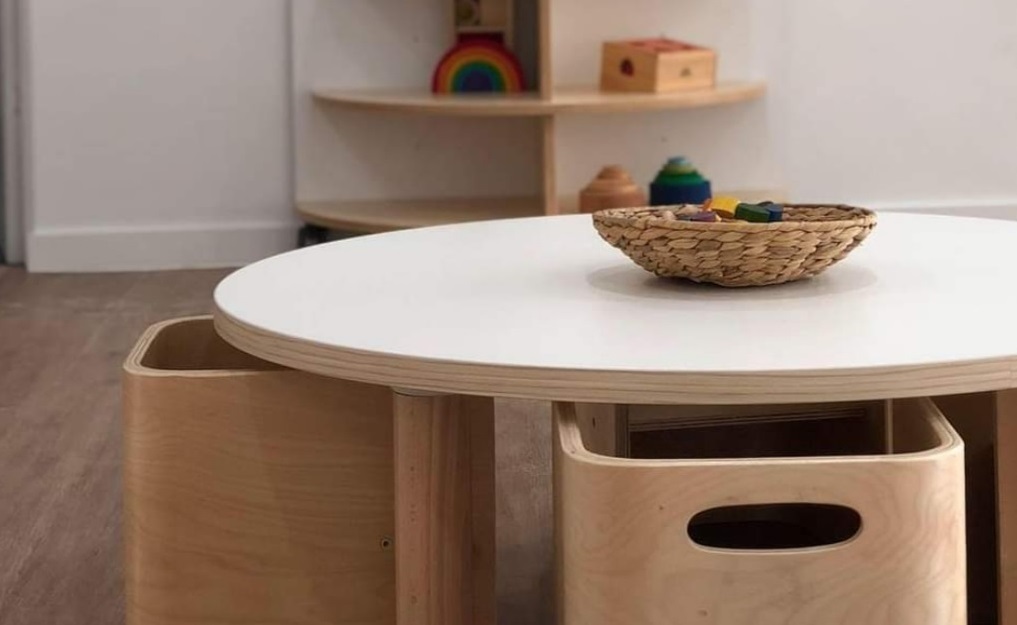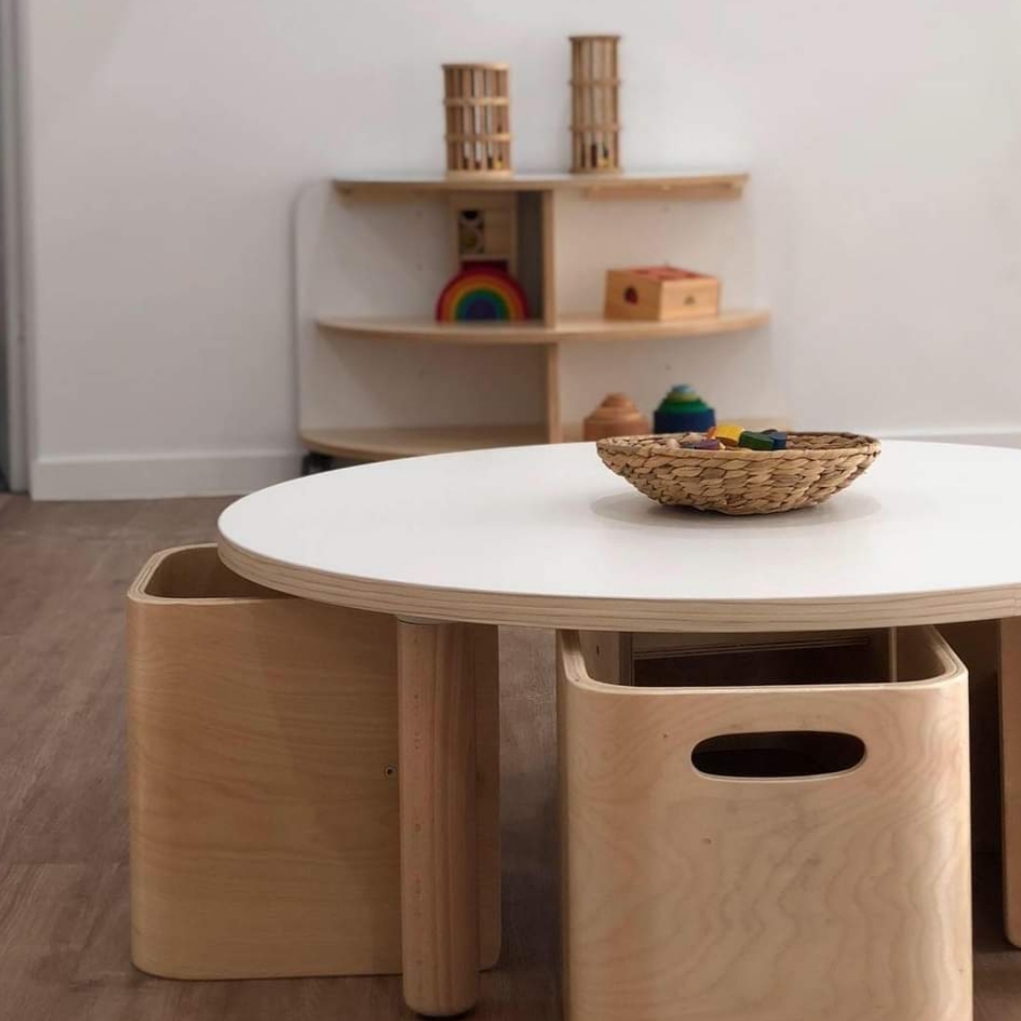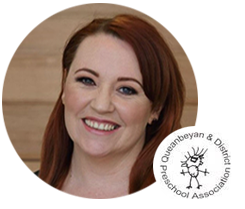
How to create synergy between pedagogy and architecture in your ECE
Beautiful, aesthetically pleasing toys, furniture, open-ended resources and play equipment are commonplace in Early Childhood Education (ECE) facilities these days. In fact, you’d be hard-pressed to find an ECE space that doesn’t incorporate neutral tones and the latest trends in storage, furniture and play areas.
When considering building, renovating or fitting out an Early Childhood Education facility, it’s important to not just consider the latest aesthetic trends, but to truly think about how the layout of your ECE will align effectively with your pedagogy.
To create a space that truly aligns with the practices and the outcomes you want to achieve in your ECE environment, you need to understand how pedagogy and architecture work together.
When the educators become the children
No, this doesn’t involve a skit you perform on the last day of term. As an educator, you need to look through the eyes of a child to make your vision of creating an environment built on your learning principles come to life.
If you want to subtly encourage independence, have you made sure your space has child-size furniture? Are your bookshelves and storage units low enough for children to explore and grab what they need? If you were a child and faced with out of reach objects, would you grow tired of asking an adult to get them for you? Would this deter you from participating in activities? Consider this when choosing your furniture.
If you want to spark imagination, are you equipped with a variety of open-ended resources in a range of settings that are appealing to children? What may look aesthetically pleasing and fun to you may not be conducive to helping children use their imagination. Experiment with layouts and resource and observe the children in their environment to figure out what works best for them.
While there are countless other pedagogies to delve into, the key message is clear: put yourself in a child’s shoes if you want to achieve the best for them and help your vision come to life.
Architecture isn’t just about objects
When we think of architecture and design, we think about the creation of a physical environment and placement of objects. As mentioned in our above points, consideration of the physical environment is very important, but it doesn’t stop there. To truly live and breathe your pedagogy, it’s important to look beyond the physical and think about the emotions attached.
- How you want children to interact and engage with each other in line with your chosen pedagogy should be considered. If you want to encourage open communication and collaboration, are you using large group tables? If teamwork is important to you, do you have resources that encourage problem solving?
- Likewise, the temporal environment needs careful attention. The physical relationships between spaces can facilitate or frustrate routines and schedules, rituals and rules.
The possibilities are endless when it comes to creating the right vibe for your ECE environment. You can spend many weeks planning every minute detail, but ultimately trial, error and experimentation will be what gets you over the line. Keep your vision, pedagogy and what’s best for the children in mind, and you’ll succeed.









